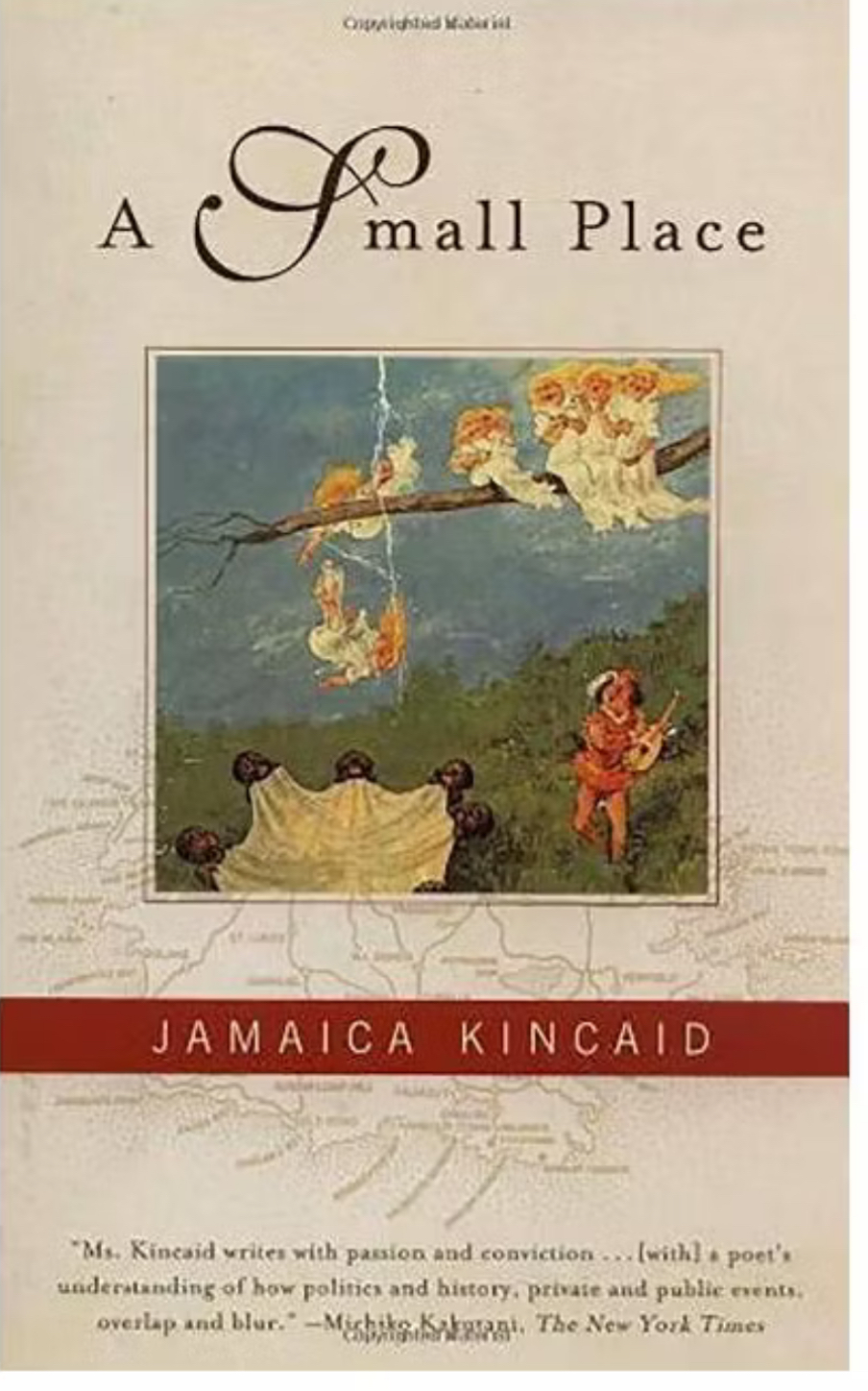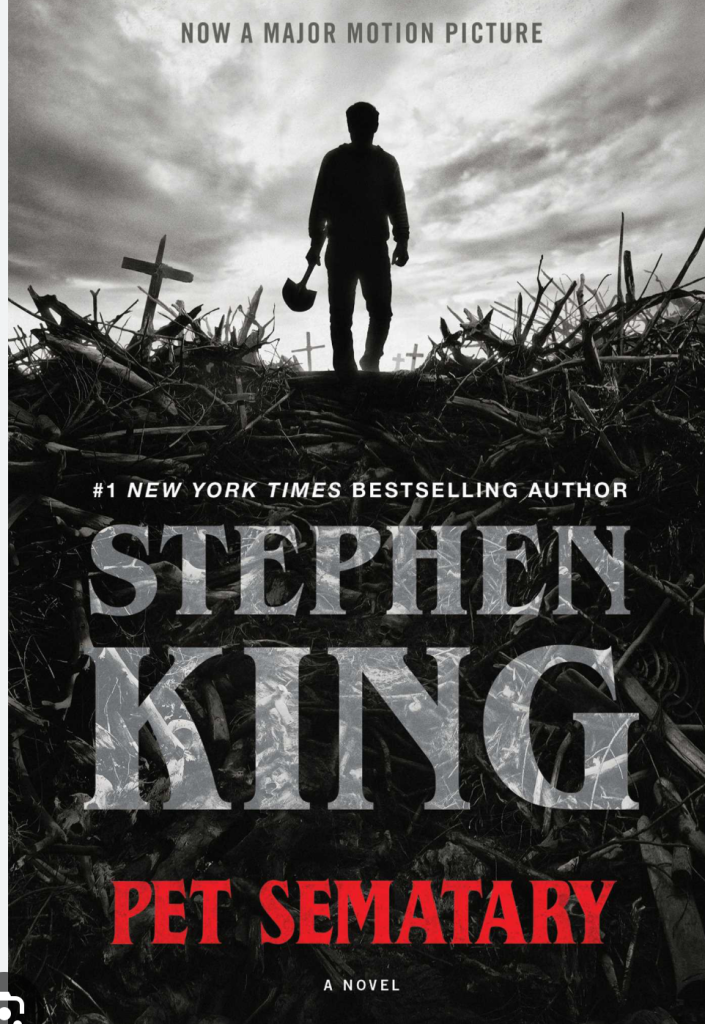“The World’s Wife” is a collection of poetry by Carol Ann Duffy. This feminist anthology of poems subverts well-known stories and myths with women at the center. Duffy challenges us to reimagine history and literature, in order to challenge patriarchy and sexist conceptions of female identity.
In “Medusa,” Duffy utilizes various literary devices to confront stereotyped femininity head on with parodic subversion. She uses alliteration and the rule of three to reimagine Medusa’s conventionally poisoned mind. In the beginning of the poem, Medusa is skeptical of her husband’s faithfulness. She remarks “a doubt, a jealousy grew in my mind… as though my thoughts hissed and spat on my scalp.” These emotions compact into the rule of three, suggesting that Medusa’s insecurity is obsessive and evolving. “Hissed” and “spat” are onomatopoeic, evoking the sounds of a snake. Duffy alliterates Medusa’s transformation into a Gorgon; her “bride’s breath” connotes the once strong marriage, which is ‘destroyed’ by the “soured, stank” of a jealous relationship. Later, a “buzzing bee” and “singing bird” are turned into stone. Overall, this demonstrates that jealousy and rage have consumed Medusa, as a result of her male partner.
As the poem progresses, the reader gains sympathy for Medusa. Medusa maintains her love for Poseidon but knows that he will “stray from home.” Refusing to take responsibility for his adultery, Poseidon shows up with “a shield for a heart” and “a sword for a tongue.” He, as a reference to patriarchal society, has made Medusa into a monster. She is to blame while Poseidon is devoid of feeling and love. As such, Duffy is critical of the misogynistic treatment of women as trophies, or property to be used and discarded without any consequence. “Medusa” represents a pattern of women’s reactions to wrongdoings against them, where they are unjustly seen as the ones punishable and deserving of the mistreatment by the patriarchal Man (capital M). Duffy cleverly positions the myth as a symbol of female empowerment—by looking at Medusa straight on, women can take back their agency and challenge the patriarchy.
My second favorite piece in the anthology is “Little Red-Cap.” Duffy refreshingly disrupts the fairytale of “Little Red Riding Hood.” She employs allusion, internal rhyme, and intertextuality to flip the story’s traditional dynamic and challenge patriarchal conventions. Red is enamoured with the wolf. His jaw is stained by “red wine,” which is a drink of sophistication. He has “big eyes” and “ears”—a sexual, even phallic reference. Although the wolf is intimidating, Red is the instigator. She “clapped eyes on the wolf,” revealing her intentions and desire to exert power. Expressions like “sweet sixteen,” alluding to the age of consent, and “never been,” indicate that Red knows she can play up her innocence to grab the wolf’s attention. Paradoxically, her strength almost comes from the fact that she is perceived to have none. In this sense, the reader is compelled to reconsider the roles of the hunter and the hunted within wider hierarchical structures of gender and power, as the Wolf is an allegorical figure.
The sexual encounter between Red and the wolf develops into a ten-year struggle. Despite the wolf being originally presented as more prey than predator, he is later depicted as controlling in their relationship. The internal rhyme reflects the repetitive nature of his behavior, “season after season.” The wolf’s “heavy matted paws” indicate that he is rough and graceless, and Red’s search for the “white dove” conveys her desire for fulfillment; the replacement of lust with love. Thus, by taking “an axe to the wolf,” Red does not require the help of a male to liberate her. In fact, Red (instead of the original woodsman) fills the wolf’s belly “with stones,” intertextually subverting the gender roles. This is the poem’s greatest metaphor for empowerment. Furthermore, Red sees the “glistening, virgin white” of her “grandmother’s bones”—a broader metaphor for exerted ‘purity,’ or reclaimed honor for past generations of oppressed women. The very act of killing the wolf is symbolic of escaping patriarchal oppression and even killing the patriarchy itself.
In sum, Duffy has amassed a powerful collection of brilliant, feminist poetry that is filled with intriguing metaphors and layers of meaning. She reimagines patriarchal conceptions of female identity, both challenging centuries of male control, and demonstrating female independence. I highly recommend this creative anthology.
Robbie Kozman is focusing his studies on English, history, and economics. He plays varsity basketball, soccer, and golf and is a member of the senior school concert and jazz bands. Robbie’s writing have been recognized by Scholastics Art and Writing and Polar Expressions Publishing in Canada.



